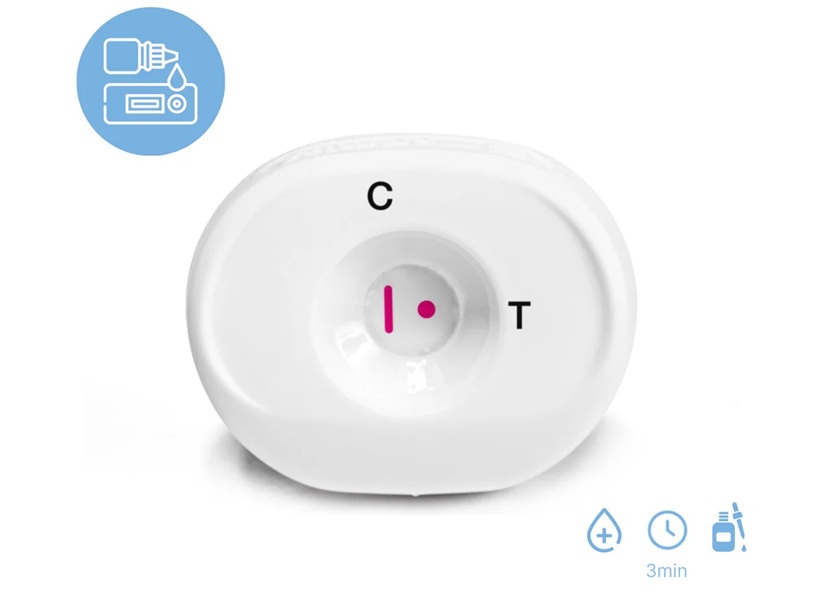Non-Invasive Biosensor Facilitates Early Kidney Disease Detection
Posted on 07 Nov 2024
Traditionally, kidney function has been assessed by measuring blood creatinine levels, which reflect muscle breakdown. Elevated creatinine levels may indicate that the kidneys are not effectively filtering waste. However, these levels can be influenced by an individual's muscle mass and typically rise significantly only after more than 75% of kidney function has been compromised. In contrast, symmetric dimethylarginine (SDMA), a byproduct of protein metabolism, has emerged as a more reliable marker of kidney health. SDMA builds up in the bloodstream because it is not metabolized and is primarily excreted by the kidneys. Measuring SDMA in urine offers a more precise assessment of kidney function. Unlike creatinine, SDMA levels can increase with mild kidney impairment (25–40% loss) and are not significantly affected by muscle mass. Now, a new biosensor utilizing affinity peptides has been developed to accurately measure SDMA levels in urine, providing a practical and cost-effective solution for early diagnosis and monitoring of kidney disease.
The biosensor created by researchers at Chung Ang University (Seoul, Republic of Korea) detects SDMA levels in urine, offering a non-invasive alternative to blood tests, which allows for earlier detection and management of kidney disease. At the core of this biosensor are small, linear peptides that specifically bind to SDMA. These peptides were synthesized and attached to a Ni-Cr layered double hydroxide with graphene oxide (NCL-GO) nanostructure, which is integrated onto gold (Au) electrodes. The sensor was designed using a drop-cast method, where the gold electrodes were coated with a solution containing NCL-GO and left to dry, resulting in a stable coating of peptide-functionalized electrodes (termed peptide/NCL-GO/Au).

The unique two-dimensional structure of NCL-GO consists of interconnected Ni-Cr layered double hydroxide nanosheets and conductive graphene oxide nanosheets. This configuration creates porous, well-connected networks that enhance charge transfer and molecular diffusion, thereby improving the conductivity and surface area of the electrodes. This design amplifies the interaction between the peptides and SDMA, enhancing the sensor's detection capabilities. While other SDMA detection methods, such as chromatography, provide higher sensitivity, this new electrochemical biosensor is user-friendly and does not necessitate sophisticated equipment. As a result, it is more affordable and practical for various environments, including small clinics, remote areas, and resource-limited settings. According to the study published in the journal Biosensors and Bioelectronics, the biosensor features a simple design and delivers rapid results, making it a suitable option for routine health assessments and monitoring.
“Since kidney disease is often diagnosed very late, we aim to develop a sensing tool that patients or clinicians can use to easily monitor kidney health for effective treatment, enabling timely interventions and potential for long-term outcomes,” said Professor Jong Pil Park from Chung-Ang University who led the research team. “The sensor could facilitate earlier diagnosis, advanced monitoring of kidney function, and improved treatment outcomes for millions of patients worldwide. Moreover, our platform technology has the potential to be adapted for detecting other biomarkers, making it a versatile tool applicable across various areas of healthcare.”













